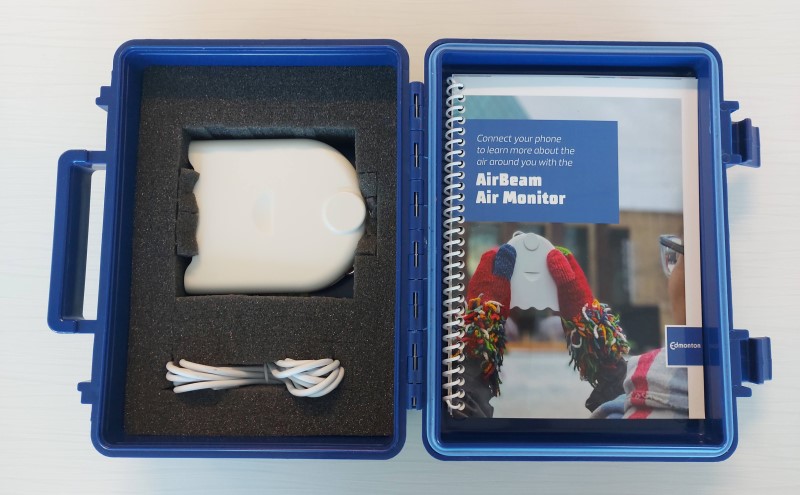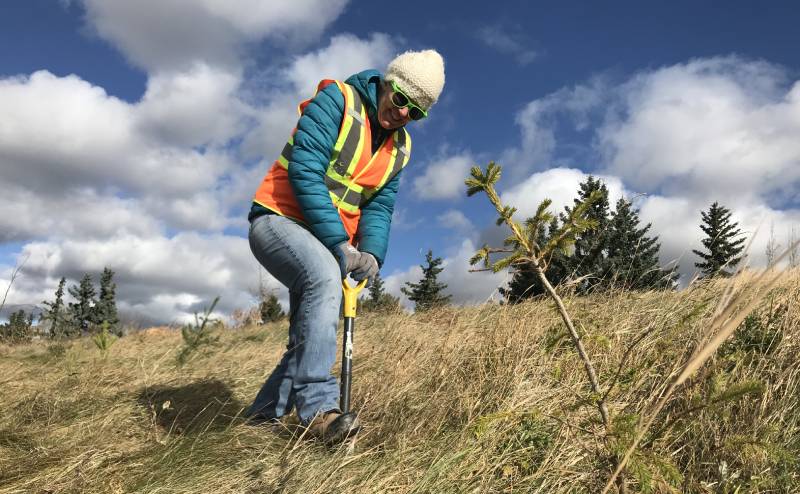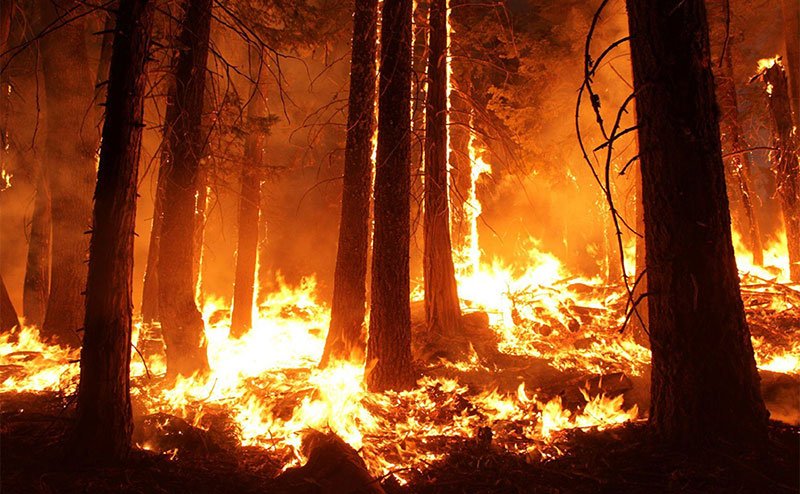The City is committed to maintaining and improving Edmonton's air quality. We're working with regional partners to develop programs designed to manage emissions in the region. We're also a member of the Alberta Capital Airshed, that shares information about local air quality.
Our Goal
Edmonton is a city transitioning to a low-carbon future, has clean air and water and is adapting to a changing climate.
ConnectEdmonton, Edmonton’s Strategic Plan 2019-2028
Ambient air is the air that exists in the atmosphere, what we call outdoor air. It's monitored to understand if there's air quality concerns and what actions can be taken to support clean air.
Ambient Air Quality Monitoring Network
There are 4 continuous ambient air quality monitoring stations in Edmonton that measure air contaminants and are used to calculate the City of Edmonton’s air quality health index (AQHI). These stations are managed jointly by Alberta Environment and Parks and the Alberta Capital Airshed.
The Alberta Capital Airshed is a not-for-profit, multi-stakeholder organization that monitors, collects and shares information on ambient air quality to the public. In conjunction with the neighbouring West Central Airshed Society and the Fort Air Partnership, the Alberta Capital Airshed helps ensure there is a full picture of air quality within Edmonton, and the Edmonton Metropolitan Region.
It's a tool to assess the impact of air pollution on your health. It lists a number from 1 to 10+ to show the level of health risk associated with air quality. The higher the number, the greater the risk and your need to take precautions.
The AQHI reports this information in near-real time as well as provides a forecast for the next day.
Air Quality Health Index Canada App
Provides hourly readings and daily forecasts across Canada.
Resources
Alberta's Air Quality Health Index: What You Need to Know
Introducing Alberta's Air Quality Health Index
The majority of air quality concerns in Edmonton result from refining or burning carbon-based energy sources such as coal, oil, natural gas, diesel, gasoline and even wood. Maintaining good air quality is complex and requires ongoing monitoring, in-depth understanding of meteorology and the sources of emissions.
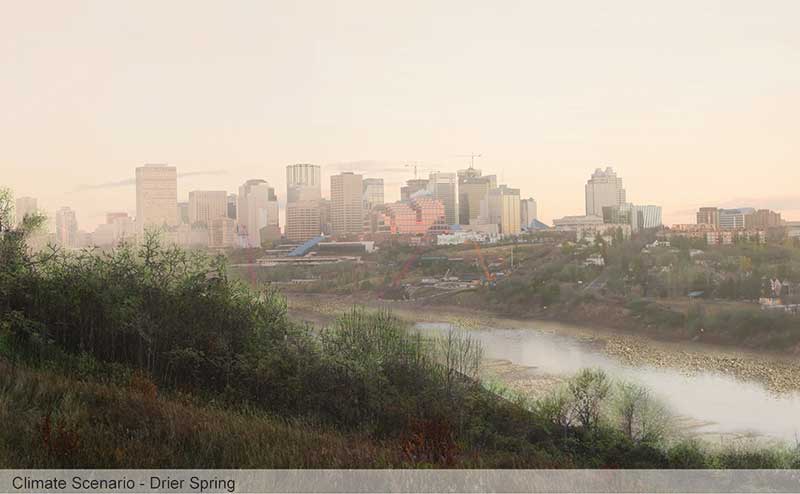
Point Source Emissions
These are when we can pinpoint or trace the source of emissions back to a particular industry or event such as a forest fire.
Non-point Source Emissions
This is when we have a good idea of what is causing the air pollution but cannot trace it back to one individual source. For example, emissions from transportation (cars and trucks in motion or idling) are considered to be non-point source emissions because collectively, they are polluting the air, but we cannot trace the source to any one vehicle.
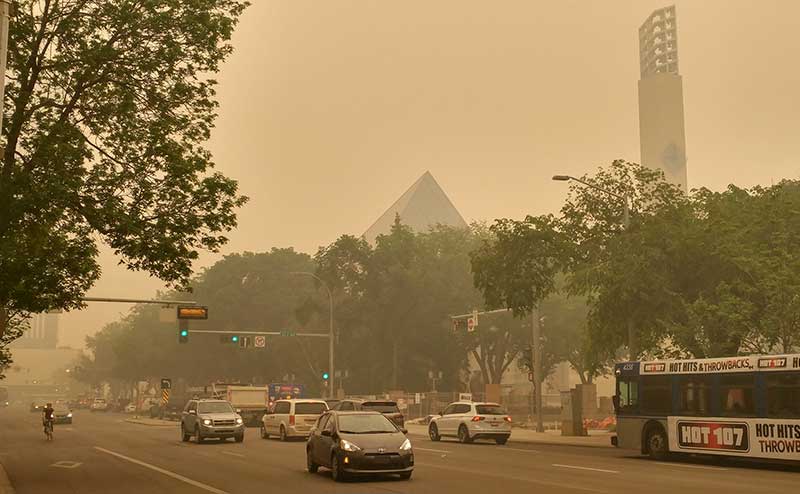
Forest Fire Smoke - May 2019
As the climate warms, Edmonton and Alberta are more susceptible to grass and forest fires. Edmonton’s experience with poor air quality tends to be most memorable when smoke from forest fires in Alberta, BC or Saskatchewan drift into the city.
The majority of air quality concerns are a result of the refinement and/or combustion of carbon-based energy sources either at a point source (for example, industrial emissions) or through diffuse sources (for example, on-road transportation). The issue of maintaining good air quality is complex and it requires ongoing monitoring and in-depth understanding of meteorology and the sources of emissions.
The City actively participates in the Alberta Capital Airshed, which is a multi-stakeholder group. It provides a forum to design solutions for air quality issues.
Through this partnership, its initiated work to ensure that air quality in Edmonton is measured and reported in a manner that is scientifically sound.
- Be Idle-Free
- Ozone Management Plan
- Air Quality Monitoring Network Assessment
The City passed bylaw 15982 (an amendment to bylaw 14600) which prohibits vehicles from idling in designated areas outside of schools and hospitals.
November has been declared Radon Awareness Month in the City.
Radon is a radioactive, unstable gas that arises from the breakdown of uranium, thorium and radium in soil and rock. It's an invisible, odourless and tasteless gas that, in buildings such as homes, schools and workplaces, can accumulate to unnaturally high and potentially unhealthy levels.
Radon Gas Health Risks
Radon is the second leading cause of all lung cancers, but it's entirely preventable. Every day, another Albertan is diagnosed with radon-induced lung cancer despite never having used tobacco. Knowing your home’s radon level is the first step in determining if you are at risk.
How Radon Gas Enters Buildings
Radon enters a building primarily through floors in contact with soils, typically basements or cellars. Our buildings often operate under negative pressure in relation to the ground, acting as a syphon that sucks radon gas from the soils into the structure through cracks, gaps or other airways in the foundation. Our buildings typically then contain this gas within the indoor air, where it can concentrate to hazardous levels.
Test for Radon Gas
Fix Radon Gas Problem
Canadian National Radon Proficiency Program
Radon Mitigation Rough-in
Air Quality Health Index Light Installation
The Air Quality Health Index (AQHI) is a measurement designed to help people understand what air quality means to their health. We’ve made an art installation to help visualize this.
AQHI Light

Our AQHI light installations will be displayed at various locations. Currently, there's an installation located at City Hall, Edmonton Tower 18th Floor, and Edmonton O-day'min Primary Care Network Health Clinic.
Want to raise awareness about outdoor air quality in your public space? Contact us at changeforclimate@edmonton.ca to learn more about featuring an AQHI lamp in your school, workplace or community building.
Set up Your Own AQHI Light Bulb
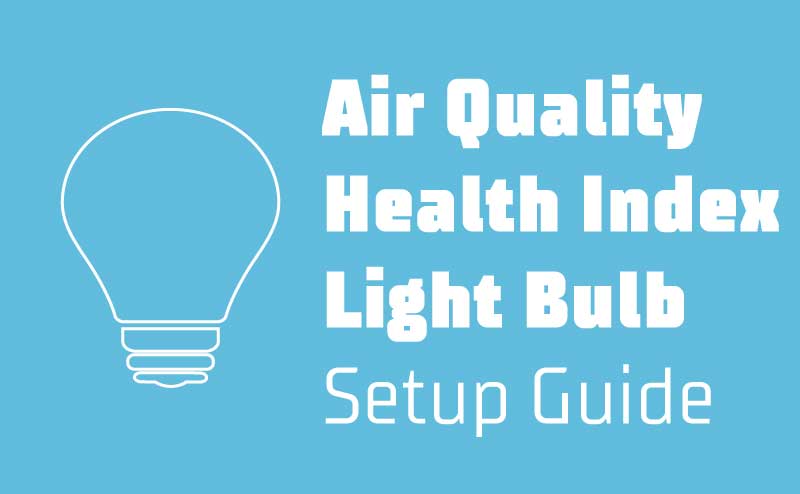
Set up your own Air Quality Health Index (AQHI) light bulb installation using a WiFi-enabled bulb to link to the AQHI by following either the user-friendly tutorial, with easy-to-read instructions, or the more detailed AQHI Setup Guide.
AQHI Posters
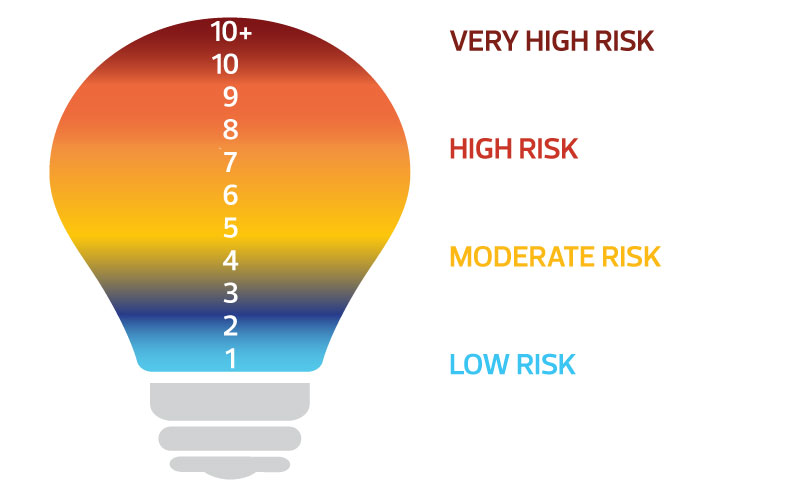
Download the accompanying poster so others can learn what the light bulb colours mean:
- Letter-size (8.5"x11")
- Tabloid-size (11"x17")
AirBeam Kits are hand-held devices that work with your mobile device to measure and map concentrations of fine particulate matter, an air contaminant.
Kits are available at Edmonton Public Libraries for you to check out and explore Edmonton's outdoor air quality as you walk, bike or jog around. See the AirBeam Monitor booklet to learn more.
Contact Us
Environment and Climate Resilience
If you are calling from outside of Edmonton: 780-442-5311
Email changeforclimate@edmonton.ca
Phone 311


